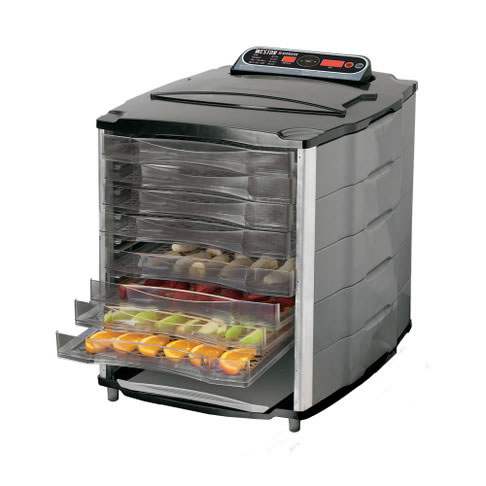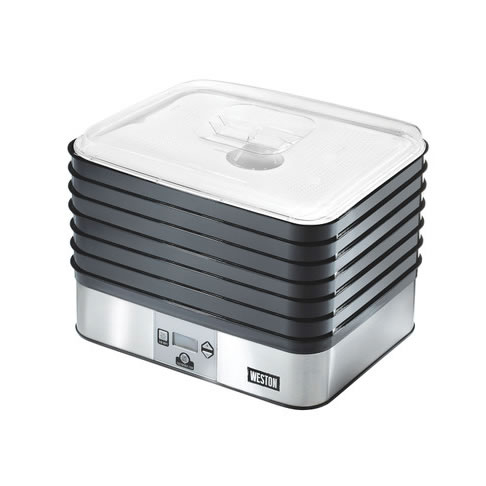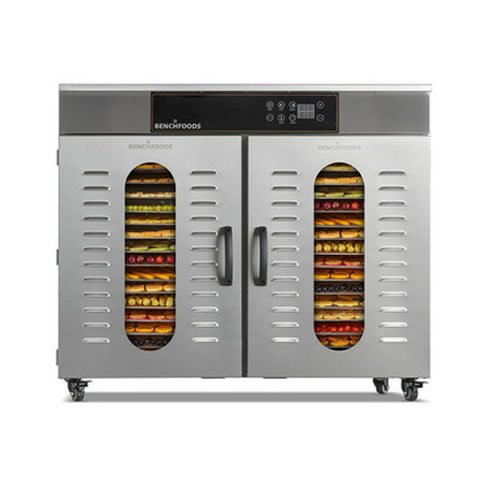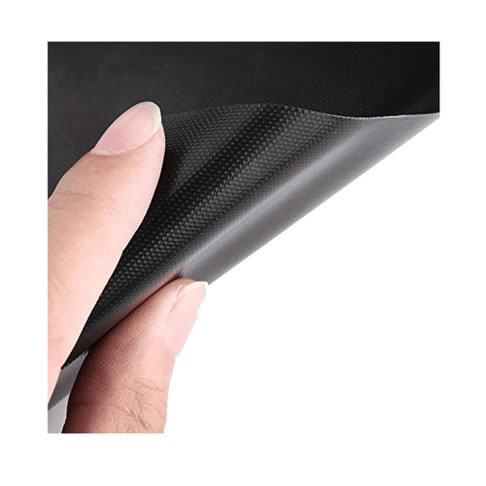Using Food Dehydrators
Food dehydration is a fantastic way to preserve food while retaining most of its nutrients and flavor. However, using a food dehydrator effectively requires more than just plugging in the machine. This guide will walk you through the process step by step, ensuring you get the best results every time.
Step 1: Choose and Prepare Your Food
- Select fresh, high-quality produce or meat.
- Wash fruits and vegetables thoroughly.
- Cut food into even, thin slices to ensure uniform drying.
Step 2: Pre-treat Certain Foods
- Some fruits, like apples and bananas, benefit from pre-treatment to prevent browning (e.g., dipping in lemon juice or ascorbic acid solution).
- Blanching vegetables like carrots and broccoli can enhance color and reduce drying time.
Step 3: Arrange Food on Trays
- Lay out the food in a single layer, ensuring pieces don’t overlap or touch.
- Leave some space between pieces for air circulation.
Step 4: Set the Temperature and Timer
- Different foods require different temperatures; refer to your dehydrator’s guide.
- Dehydrating times can vary from a few hours to overnight, depending on the food type and thickness.
Step 5: Check for Doneness
- Food should be dry but still pliable; it should not be too brittle or sticky.
- Test a few pieces to ensure they are uniformly dried.
Step 6: Cool and Store
- Let the dehydrated food cool before storing it to avoid condensation.
- Store in airtight containers in a cool, dark place to prolong shelf life.
Tips for Successful Dehydration
- Keep a dehydration log to note temperatures and drying times for different foods.
- Rotate trays occasionally for even drying if your dehydrator does not have a fan.
- Experiment with different spices and marinades for meats and vegetables.
Conclusion
Using a food dehydrator effectively is a combination of art and science. By following these steps and tips, you can enjoy a wide range of dried foods that are both delicious and nutritious. Happy dehydrating!




